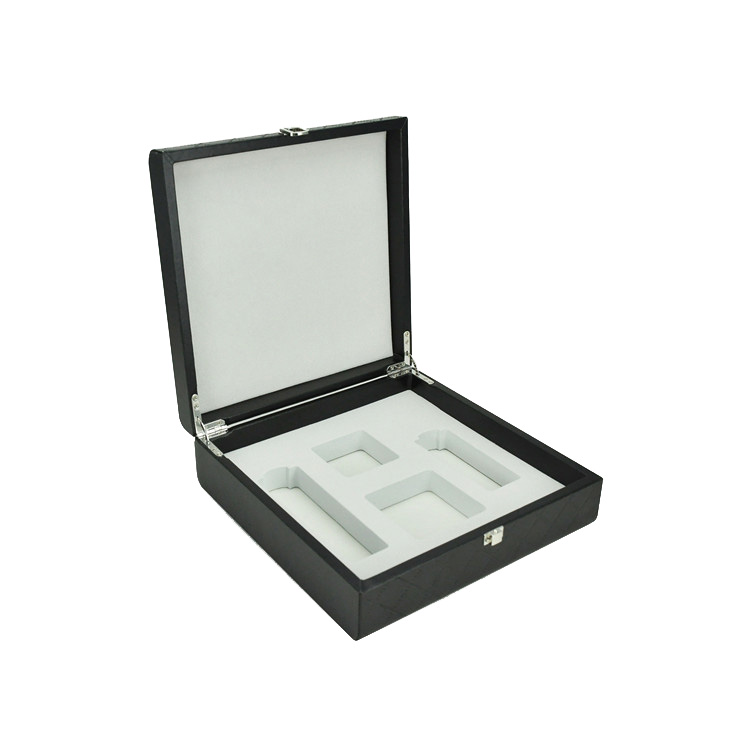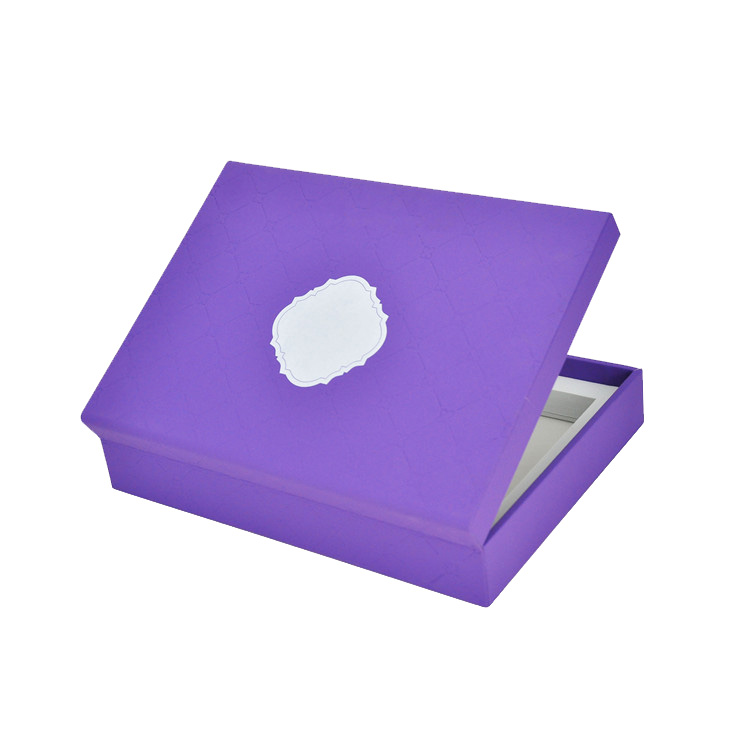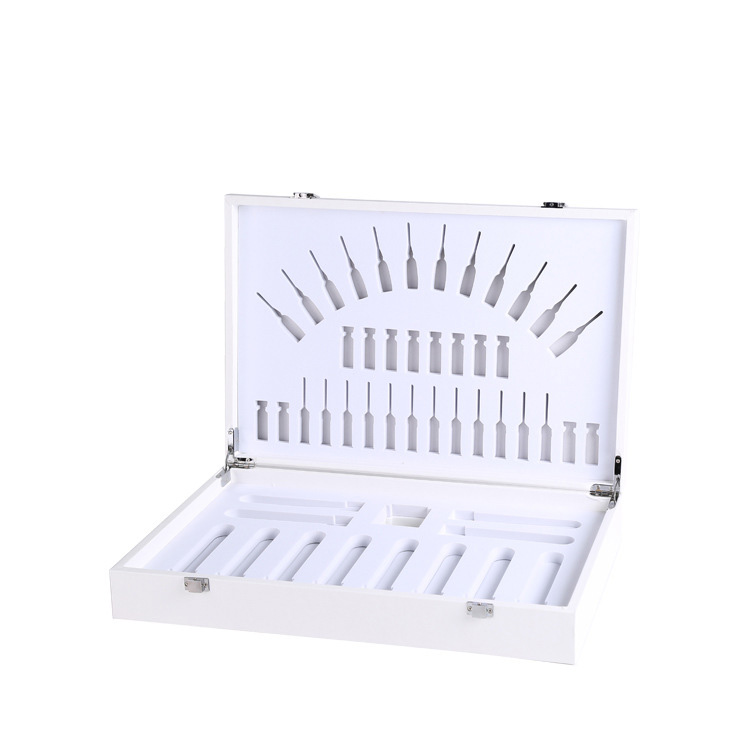Color copy printing uses yellow, magenta, cyan, and black four-color dots at different angles for plate making and printing. The four-color dot pattern that is transferred to white paper is in the form of a pattern; in the bright part of the picture, various color dots are always For the parallel combination of forms; and the tone of the middle tone part of the network, it is a combination of most overlapping, a small part of the parallel form; dark tone of the various color points, almost completely superimposed form.
Printing color sequence and ink characteristics
Judging from the principle of dot color rendering, whether it is the overlap of dots or dots of dots, it belongs to the color rendering principle of subtractive colorants. Regarding the color sequence of multi-color printing, no matter what kind of printing color sequence is adopted, there will be no effect on the color reproduction of the bright portion of the color image, and the midtones and shadows are affected because these two portions All of them are made up of overlapping dots. The inks have varying degrees of hiding, even with clear yellow. For example, printing clear yellow on top of a silvery white foil will turn the silvery white foil yellow. Similarly, the color of the ink film first printed on white paper, after being covered by the ink film after printing, cannot be completely exhibited before the printed ink, and the ink color printed later can be fully rendered, which is a multicolor overprint. Inevitability.
Another factor that affects the tone reduction of a color image is that the first color ink printed in the wet and wet printing state is sequentially blocked by the blanket cylinder when overprinting the second color, the third color, and the fourth color. The four-color color image appears extremely clearly on the fourth color blanket cylinder. The third color ink is stuck less, only the fourth color ink is 100% retained. It can be seen that the third color and the fourth color are extremely critical in the printing color sequence. Practice has proved that even if all the printing conditions are the same and only the printing color sequence is different, the color effect of printed products will be different.
Printing sequence arrangement
In terms of four-color printing, printing color sequence can be combined into 24 ways according to mathematical arrangement. If light or spot colors are added, the printing color sequence will be combined in more ways. However, the most commonly used printing sequence in actual production is only shown.
The general printing sequence arrangement follows the following rules:
(1) Convenient color change.
(2) The ink with poor transparency and high hiding power is placed on the first color printing.
(3) Putting black on the first color is for overprinting accurately.
(4) The ink with a small amount of ink is printed first, and the ink with a large amount of ink is printed.
(5) Printing with good transparency and ink.
(6) When the smoothness of the paper is poor, the ink with the coarser pigment particles is placed on the first color print.
(7) When the tightness of the paper is poor, the light color prints first.
(8) In order to increase the gloss of the screen color, light colors can also be printed.
(9) Under the condition of warm pressure and humidity, since the adhesion of other inks on the yellow ink is poor, the yellow color is placed in the fourth color (such as the four-color machine color sequence).
The above is mainly considered from factors such as paper, ink, and color change convenience, and less consideration is given to tone reduction. In fact, there are three standards to measure the quality of offset color prints: First, tone reduction, second, tone reduction, and third, overprint accuracy (ie, high image resolution). In addition to color reproduction, there is a close relationship with plate making, and it is also related to printing color sequence.
The color arrangement is related to the color arrangement.
The manuscript is the first of the five major elements of printing. It is not only the basis for plate making, but also the basis for printing. That is, the proof printing color sequence must be based on the original color tone, and the printing color sequence must be consistent with the proof color sequence. Although the variety of manuscripts is different and the colors are different, the picture of any color manuscript has its main color (dominant color), while the other colors are from the color tone (colors that act as a relief). Therefore, when collaborating with color (print color sequence is also a color match), you must follow the principle of master-slave. If the main colors cannot be fully expressed in prints, and highlighting from the hue, the master-slave will be reversed. This will not only make the hue of the print impossible to restore, but also destroy the atmosphere of the entire picture and affect the theme of the work.
Although the colors of the manuscript are various, it does not tend to warm tones (yellow, orange, red, etc.), or tends to cool tones (cyan, blue, purple, etc.) in terms of the total color tone of any picture. ). And green is a neutral color, which is a mixture of yellow and blue, between cold and warm. The yellowish green color belongs to warm colors, while the greenish green color belongs to cool colors. Neutral shades are few.
The main advantage of arranging the color sequences in cold, warm, and neutral tones is that the decisive colors are arranged in the most critical last two colors, and especially yellow or cyan is arranged in the fourth color. Table 3 shows the important role of yellow and cyan.
This combination of cold and warm color printing has the following advantages:
(1) Meet the requirements of originals of any color tone, easy to restore the tone, and ensure the consistency of the color of the printed matter.
(2) To make up for the lack of hiding power currently existing in ink, to better highlight the main colors of the screen, and also to suit the frequency modulation and amplitude modulation platemaking process, the four-color version with the same angle plate-making process, three-color plate making process and Color structure process.
(3) The black ink with the highest hiding power is placed in the first color sequence, which is conducive to accurately printing other color plates and obtaining clear images.
(4) The machine operator can easily grasp and control the ink color.
However, there are also some problems: In the wet and wet state, the ink after printing has very little adhesion when the yellow ink is not dry, therefore, the yellow ink must change performance, otherwise the color printing sequence cannot be used in the four-color machine. . Monochromator and two-color machine are wet pressure dry type, so there is no such problem. Although cold and warm color printing color sequence is suitable for the current four-color plate making process, it has brought great resistance to the study of non-color structural processes. People are very hopeful that they can get the ideal black ink with high blackness and good gloss. However, in reality, absolute black does not exist, and only black can exist. One of the problems encountered in the study of the new process of non-color structure is that the dark tone of the sample proofs is not black enough and the gloss is poor. In fact, this has a great relationship with the printing color sequence. Because bright three-color inks all have a certain degree of hiding power, especially magenta ink and yellow ink, no matter which one is overprinted on black ink, it will affect its blackness and gloss. If a small amount of blue ink is superimposed on the black ink, it will have the effect of increasing blackness. This is a problem of visual perception.
For some originals with a large area of ​​dark shades as the main body and originals with a large area of ​​solid black background, a printing plate made using a non-color structure process is used.
This kind of printing color sequence is more ideal, which can not only affect the darkness of black ink, but also solve the problem of color tone. The amount of ink in the black version of the non-chromatic structure is generally greater than the amount of ink in the color ink. The black version of the large amount of ink in the end is entirely suitable for printability.
Printing ink sequence of ink painting
Chinese painting is one of the traditional plastic arts in our country. The use of ink by a national artist is like using color. It can give a rich sense of color to the scenery in the painting. Therefore, in the traditional theory, the ink of Chinese traditional painting is coke, thick, heavy, light and clear. The concept of “ink-and-ink colored†therefore often used the “one gray and one black†plate making process when copying Chinese traditional Chinese ink paintings. If there were ink spots in ink painting, the “one gray and two black†plate making process was necessary. The preferred color sequence in printing is shown in Table 5. If we change the “one gray and two black†printing color sequence, it will result in a flat, dark and dark tone.
When artists paint, they often use techniques such as “strength break†and “light break thickâ€. In order to better represent this technique, the printing color sequence shown in Table 5 should not be used, but the printing color sequence shown in Table 6 should be used.
If the techniques of “throwing light†and “sharpening†appear on a single screen at the same time, it depends on which one dominates. In short, the color printing of Chinese traditional paintings must be based on the order of pens and inks used by painters to make the offset printing products fully demonstrate the artistic effect of Chinese ink painting “multicolored ink†and “mosy appealâ€. For example, the print sequence of woodblock watermarks in Beijing Rongbao Zhai was carried out in accordance with the order of the pen and ink of the Chinese painters, thus achieving the realm of ingenuity and confusion.
In summary, when arranging printing color sequence, it is necessary to consider factors such as the performance of ink, paper, and printability, and it must be based on manuscripts to integrate color, art, and technology into a comprehensive consideration. Get the ideal print sequence. (Text / Liu Yuxiang)
Reprinted from: Printed in China
The Clamshell Rigid Gift Box looks like a clamshell when open. It is widely used for jewelry, health care products and cosmetic. It is a kind of high-end packaging boxes. The clamshell rigid Gift Box is usually made with thick cardboard and wood and thus the quality is high.
The clamshell is convenient to open and close with its clamshell construction. It is open from front middle side and at this place there is usually a small lock to close the gift box. With this closure, the gift box also looks like a container.




Clamshell Rigid Gift Box
Paperboard Clamshell Rigid Gift Box, Paper Clamshell Gift Box, Custom Clamshell Rigid Gift Box
Dongguan Ibis Industry Co., Ltd , http://www.ibispackaging.com
